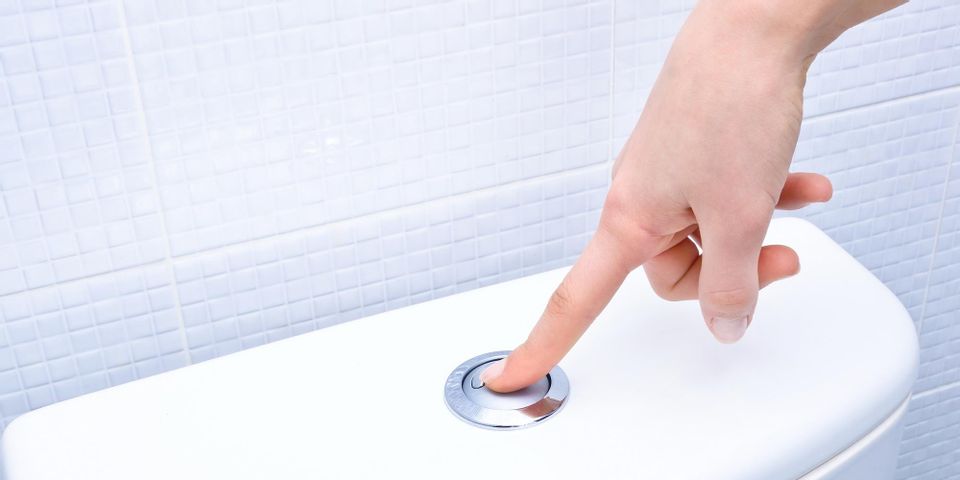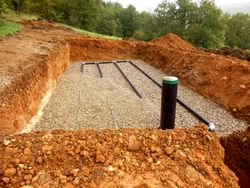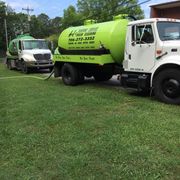A Brief Guide to Septic System Components

As it removes and treats household wastewater, a septic system is one of your household’s most essential utilities. However, because they’re installed underground, it can be difficult to detect minor problems before they become major concerns. If you can accurately identify issues and describe them to a service technician, you’ll get the help you need more quickly. Here’s a concise look at the anatomy of a septic system.
3 Septic System Components & Functions
1. Septic Tank
The septic tank collects all the waste that flows down drains. In the tank, wastewater separates into three layers. Solids sink to the bottom and form a layer of sludge. Oils, fats, and soaps float to the top as scum. All else settles in the middle as effluent.
Septic service providers routinely pump tanks to remove the sludge layer. Otherwise, a tank may overflow, causing sewage backups in your house and smelly puddles in your yard.
2. Distribution Box
 After wastewater separation, the effluent flows out of the tank into a distribution box. Several pipes connect it to the leach field. The distribution box is responsible for channeling wastewater evenly through a network of pipes into the surrounding soil. When the distribution box is clogged, effluent remains in the tank, leading to backups.
After wastewater separation, the effluent flows out of the tank into a distribution box. Several pipes connect it to the leach field. The distribution box is responsible for channeling wastewater evenly through a network of pipes into the surrounding soil. When the distribution box is clogged, effluent remains in the tank, leading to backups.
3. Leach Field
The last step in the treatment of wastewater takes place in the leach field. Effluent seeps out of holes into the leach field through pipes installed in a bed of gravel. When it moves through gravel, any remaining impurities in the effluent are dispersed before the liquid is absorbed by the soil.
To function correctly, these pipes need time to dry out, but they’re almost always damp because of household water use. Slimy residue may seal holes in the pipes, leading to poor drainage.
In addition to conserving water and being mindful of what’s flushed down drains, call A-1 Pumping Service and Drain Cleaning for regular maintenance to keep your septic system operating efficiently. Located in Dalton, GA, their state-licensed professionals have been providing trusted septic cleaning, repairs, and installations in Whitfield County and the surrounding communities for over two decades. For a septic service appointment, call (706) 272-3352, or visit them online to find service details and project photos.
About the Business
Have a question? Ask the experts!
Send your question

